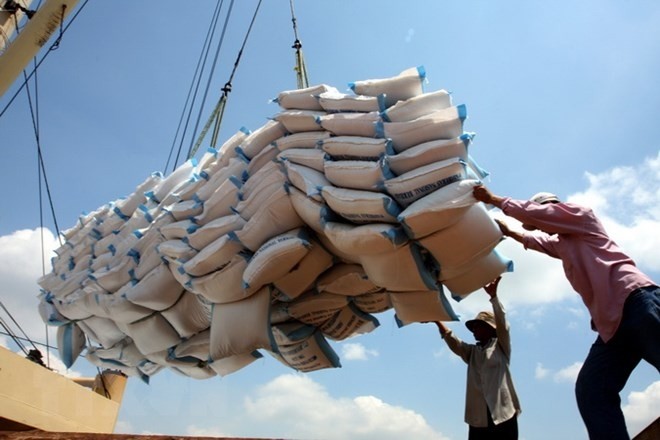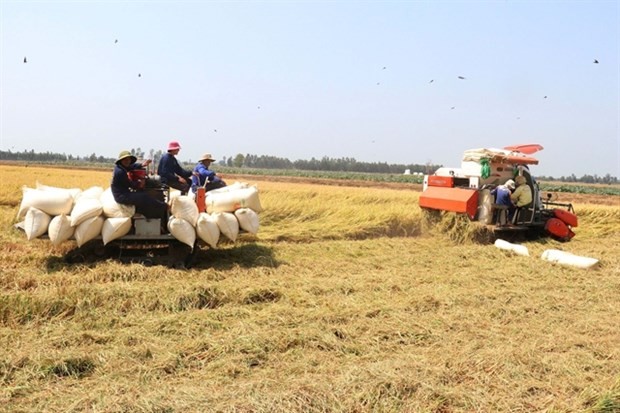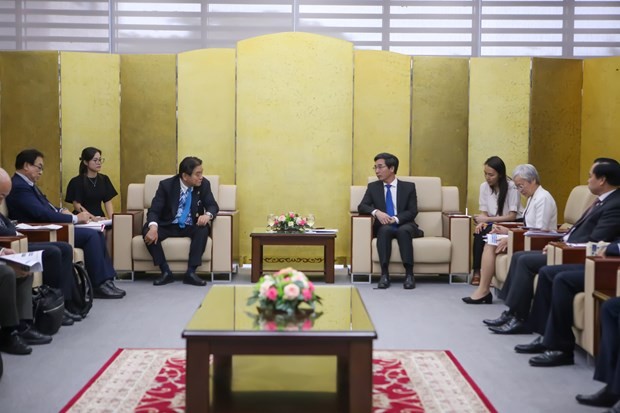Vietnamese Rice Well-received in Europe
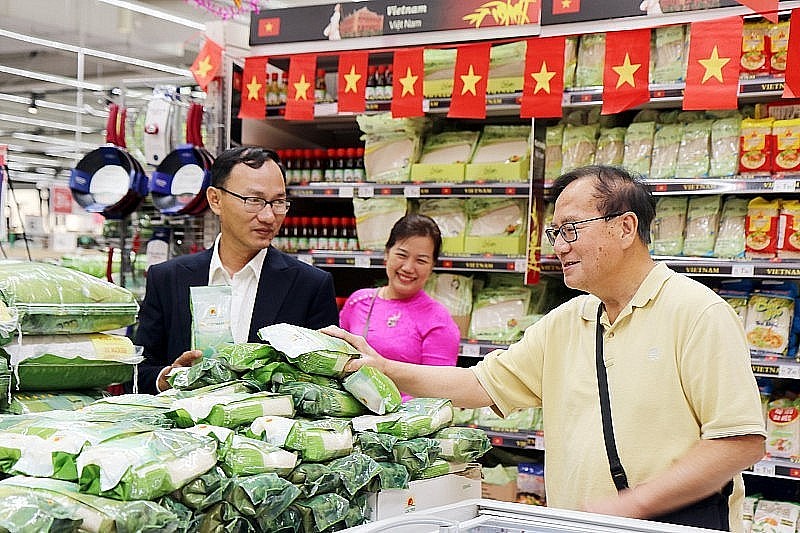 |
| Vietnamese rice sold in French supermarkets (Photo: Loc Troi Group). |
The Vietnam SPS Office, in collaboration with the Ca Mau Provincial Department of Agriculture and Rural Development, orchestrated a conference aimed at disseminating regulations and commitments outlined in the Sanitary and Phytosanitary (SPS) provisions of the EU–Vietnam Free Trade Agreement (EVFTA).
Ngo Xuan Nam, deputy director of SPS Vietnam Office, said that at present the nation joined the World Trade Organization (WTO) more than 16 years ago, alongside 19 free trade agreements (FTAs) and officially signing 16 agreements. Among them, many are considered to be new-generation trade agreements.
After these agreements were signed, Vietnamese agro-forestry-fishery exports to EU member states were promoted. For many years, the country’s export value has always reached several high milestones, especially over the past two years when export value hit more than USD 50 billion, with this figure expected to rake in over USD 54 billion this year.
In particular, in August 2020, the EVFTA helped to promote two-way agricultural exports between Vietnam and EU countries.
Most notably, major commodity industries such as seafood, rice, fruit, and some food products are also bolstered for exports to the EU market. In contrast, the Vietnamese side has also imported a number of products originating from animals and plants from the EU market.
Over the first 10 months of 2023, EU members have issued 103 notifications and draft opinions on safety measures for food and animal and plant health, exemplifying a comprehensive regulatory framework aimed at ensuring the integrity and safety of agricultural and food products imported into the EU market.
According to Nam, for Vietnamese rice products being exported to the EU market in recent years, under the direction of the Ministry of Agriculture and Rural Development, along with local authorities, especially from directly cultivating farmers, there have been no warnings about pesticide residues in any shipments of Vietnamese rice exported to the EU in the past two years.
“Thus, the quality of Vietnamese rice fully meets the requirements of this demanding market. In particular, the EU market is one of the markets that requires a lot of very high standards but we can still meet them," Nam went on.
According to statistics released by the General Department of Customs, Vietnamese rice export turnover reached 7.1 million tonnes with a value of USD 3.46 billion last year, marking an increase of 13.8% in volume and a rise of 5.1% in turnover compared to 2021. The average export price stood at USD 486.2 per tonne, down 7.7% compared to the average level recorded in 2021.
Although it only accounts for a small proportion of 2.45% of total exports, the European market has enjoyed strong growth of up to 90.7% compared to 2021, duly reaching 172,200 tonnes.
According to the Ministry of Agriculture and Rural Development, rice exports in the first half of the year to several markets in the EU grew at three-digit rates such as Poland which increased by 117%, Belgium up by 165%, and Spain up by 308%.
Regarding export rice prices, the average price throughout the reviewed period reached an estimated USD 539 per tonne, up 10% over the same period from last year. However, rice exports to the EU often saw prices many times higher than this average number.
According to Ngo Xuan Nam, the EU is a potential export market for many types of Vietnamese agro- forestry- fishery products moving forward thanks to the market size of more than 500 million people and the growing consumer demand for agricultural and food products, along with the commitment to reduce most of tariffs in the short roadmap under the EVFTA.
However, this is also one of the most fastidious markets with very high animal and plant quarantine regulations and strict control, especially with agroforestry- fishery products.
According to many experts, the trend of the EU market is to increase technical barriers when reducing tariff barriers.
Along with government regulations, the EU market also offers numerous standards and certifications from consumer associations, non-governmental organizations, and retailers in which businesses that want to export must comply with as global standards on food safety requirements.
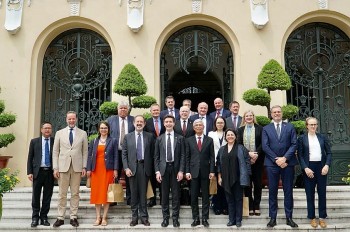 | European Countries Want to Cooperate with Ho Chi Minh City on Green Transition Through studying Ho Chi Minh City's priority development areas, European countries determined that they could promote cooperation in a number of strong areas such as ... |
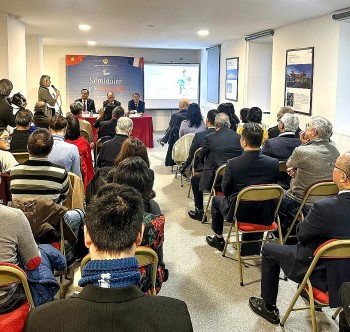 | Vietnam Promotes Tourism in French and European Markets The Vietnamese government has waived visas for French citizens to travel to Vietnam since 2015 and has increased the temporary stay period for French tourists ... |
 | Tuna Exports to Italy Soars Vietnam’s tuna export to Italy increased 30 times. |
Recommended
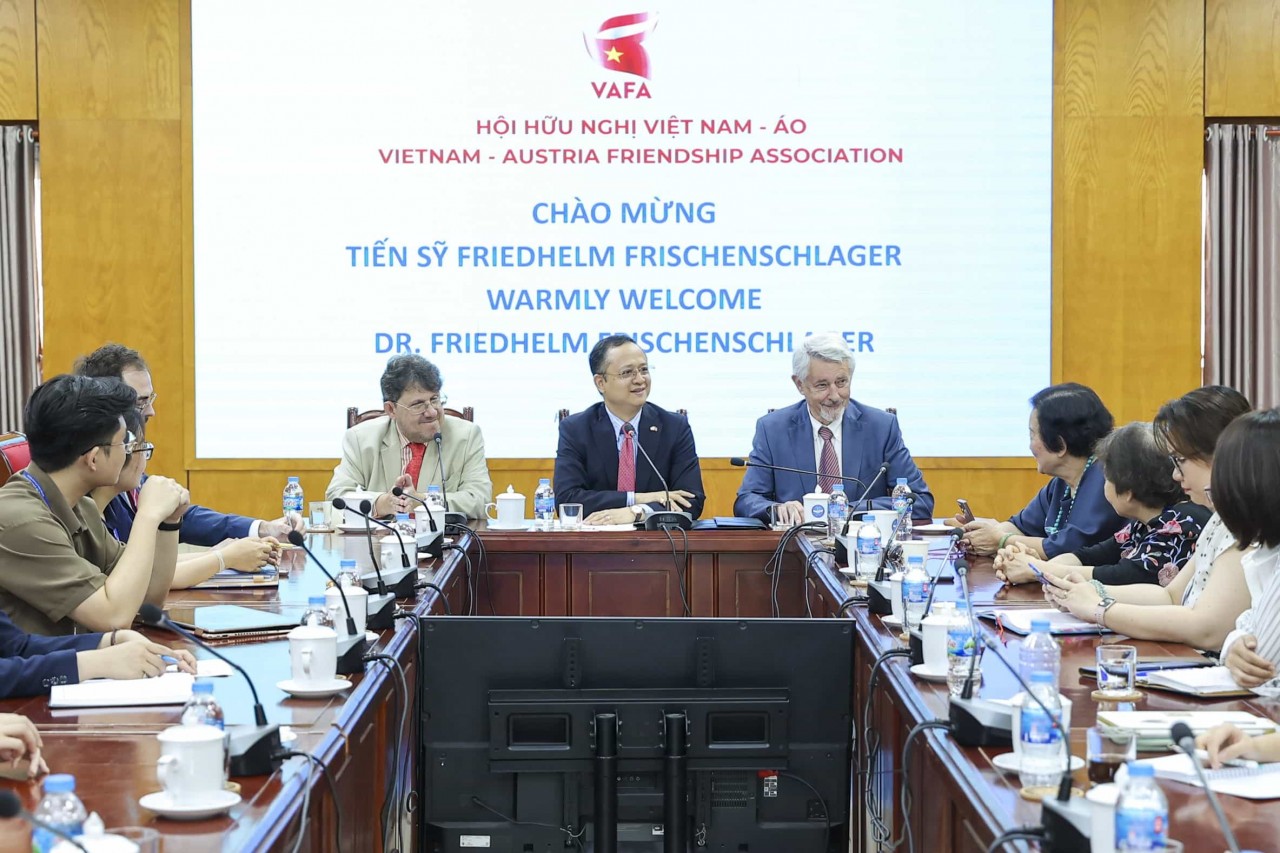 Focus
Focus
Vietnam-Austria Relations: Unlocking the Potential for Cooperation in Key Areas
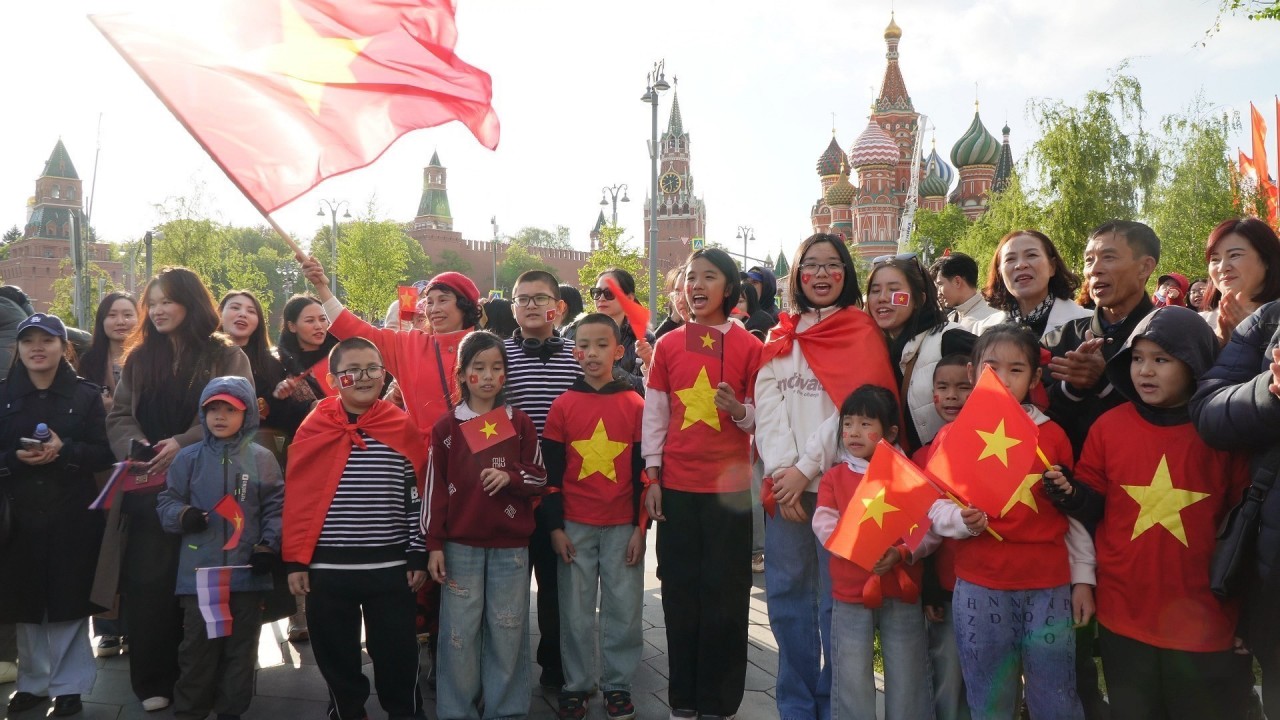 Focus
Focus
Overseas Vietnamese in Russia Welcome Vietnam People's Army Delegation at Red Square
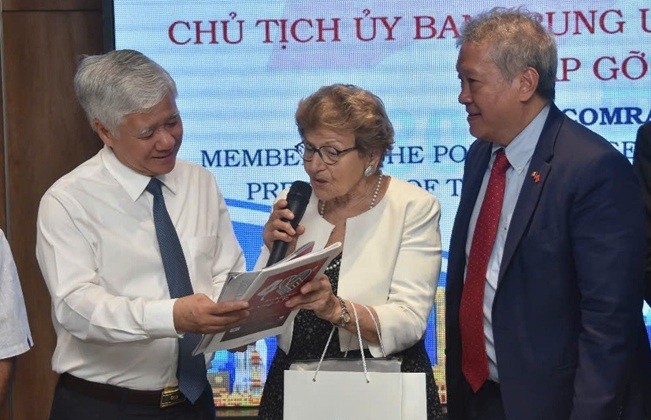 Friendship
Friendship
Vietnam Deeply Values and Remains Grateful for Unwavering Support from Intl Friends
 Focus
Focus
Global Community Join Hands to Write the Next Chapter of Peace
Popular article
 Focus
Focus
Vietnam will Earn Achievements in the Renovation Process
 Focus
Focus
Letters That Carried Nation’s Destiny
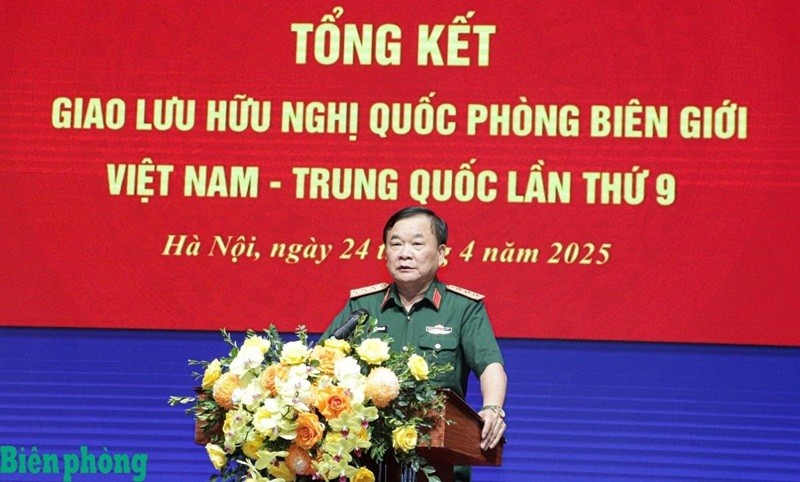 Focus
Focus
9th Vietnam-China Border Defense Exchange: Realizing High-level Common Perceptions
 Focus
Focus




